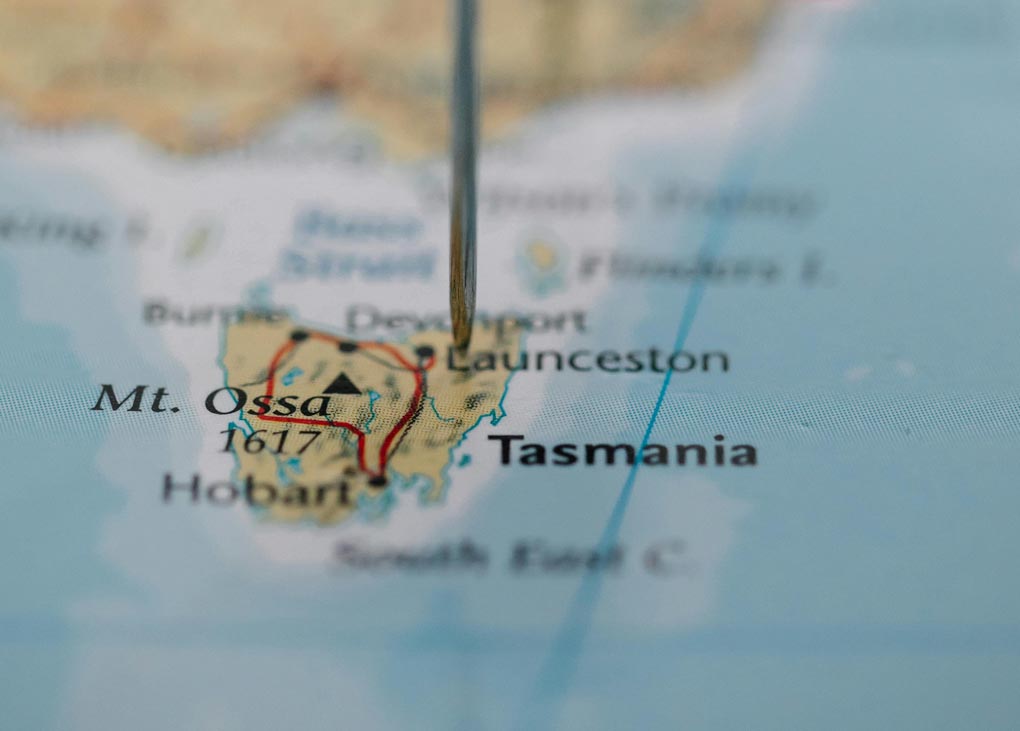It may be Australia’s smallest state, but in recent weeks Tasmania has attracted major interest from around the country because of its licensing framework for refrigeration and air conditioning technicians, and signs that arrangements may be set to change.
State of play
Tasmania’s licensing framework covers plumbing and electrical work. Refrigeration and air conditioning is included as a subclass of the plumbing licence, but it assumes that licence holders are qualified plumbers, rather than qualified refrigeration and air conditioning technicians. It also only covers work on systems up to 18kW. This has left the ARCtick licence as a de facto licence for refrigeration and air conditioning technicians in Tasmania.
For the past year or so, AIRAH has been working with the ARC and other stakeholders to find a path forward for introducing a dedicated occupational licence class for refrigeration and air conditioning.
“We have met with the regulator – Consumer, Building and Occupational Services (CBOS) – and have had positive talks about the need for such a licence class, as exists in other jurisdictions,” says AIRAH Advocacy and Policy Manager Mark Vender. “CBOS indicated a willingness to consider proposals, provided that there was broad consensus among industry.”
Temperature check
In order to gauge the refrigeration and air conditioning industry’s desire for a dedicated licence, and also to understand common questions and concerns, AIRAH organised two meetings in Tasmania on April 3 and 4 in Hobart and Launceston respectively, ahead of an industry meeting called by CBOS on April 7 to discuss licensing.
The meetings were supported by Tasmania’s HVAC&R community, including wholesalers such as Kirby, Actrol and Reece, as well as contractors and trades. Official data suggests there may be as many as 400 refrigeration and air conditioning technicians in Australia; across the two meetings, almost 100 people attended.
After a recap of the history of licensing in Tasmania, the current state of play, and the proposal for moving forward, attendees were asked if they would support a separate licence class for refrigeration and air conditioning.
“More than 95% of the people there supported the idea, with the overwhelming sentiment being that it was important to establish a licence class with refrigeration and air conditioning as a trade of its own,” says Ben Kuiper, M.AIRAH, AIRAH’s Tasmanian Division Committee Associate Director.
“Some of the advantages identified were that licensed work would also be covered by insurance, and that if oversight is provided, there will likely also be a mechanism for checking compliance of work, as well as giving constructive feedback to the trade.”
Concerns and considerations
At the same time, attendees noted issues that will need attention as the detail of the licence is developed. These include the rules around wiring work, closed loop water systems, and automotive air conditioning.
“The group also addressed questions about licence fees and continuing professional development,” says Kuiper. “It was acknowledged that any scheme would have to be supported by a licence fee, although this may be offset by existing fees for restricted electrical licenses already required for refrigeration and air conditioning technicians. A new licence would almost certainly slot into Tasmania’s existing CPD system, meaning that refrigeration and air conditioning technicians would have to complete a minimum of training each licence cycle. Attendees stressed the need for effective training offerings, but agreed that ongoing training and education is important.”
AIRAH took this information to the meeting convened by CBOS on Monday. Encouragingly, the call for a separate refrigeration and air conditioning licence was supported by other industry bodies. AIRAH is now seeking follow-up conversations with CBOS to discuss next steps.
Image by Lara Jameson at Pexels.
 Nick Johns-Wickberg
Nick Johns-Wickberg


Leave a Reply